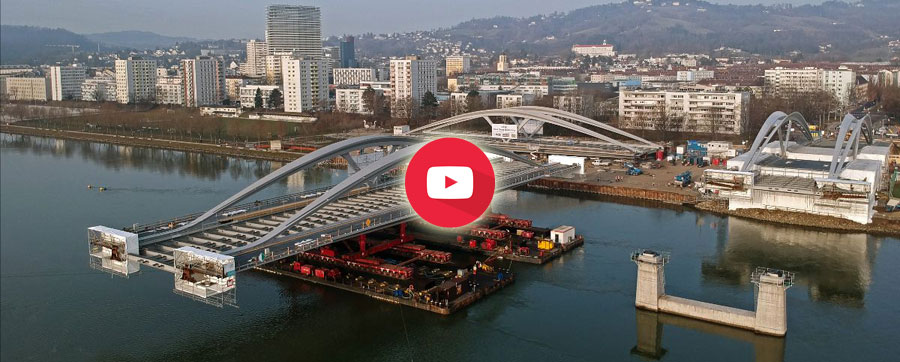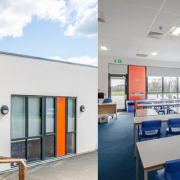Starship to deliver first factory built Zero Carbon affordable homes at site of Wirral blast.
Property Development Group Starship has launched its first zero carbon affordable homes at the site of the 2017 gas explosion on the Wirral. The explosion ripped through New Ferry injuring over 80 people damaging or destroying nearly 70 properties and it’s the first regeneration project to launch at the site.
These first Carbon Zero homes will provide over 105 M2 of modern, affordable living space which will be installed in as little as 7 days ready for internal fit out.
Starship’s unique panelised model means that a new home can be delivered and installed anywhere where a refuse collection vehicle can fit, with no special arrangements or unnecessary disruption to the community. Their focus on driving local enterprise means that local contractors are used to provide internal fit out and finishing works meaning that maximum economic impact is delivered locally.
Starship have provisionally agreed a deal with a registered provider to acquire these homes and are working with other providers and private investors to deliver more of these innovate affordable homes.
About Starship
Starship Group was formed in 2020 following the acquisition and merger of several existing property development and construction businesses and is backed by a private investment fund. The newly branded group has previously built over £75m of residential projects across the North West, Worcestershire and Oxfordshire. The group already has over £30m of developments in progress with a further £50m in negation
In addition to its core property development activities Starship is investing in cutting edge modern construction methods to meet the UKs growing housing demand. In 2020 Starship launched its first manufacturing facility in Deeside which is the first of several planned manufacturing centres that will open across 2021/22.
Dave Dargan, Director of Starship commented:
“We are delighted to be delivering these innovative low carbon homes in a community that has seen some significant challenges over the past 5 years. To be bringing such an exciting project to the area is fantastic and creating a real buzz. These spacious homes will have the lowest running costs of any property in the immediate area and are delivering more affordable living for local people.
Our homes are hand build in our manufacturing centres and finished by local contractors so each home we deliver creates real jobs and real local opportunities for people”










 Commenting on the standard of the awards, the judges from Constructing Excellence said: “The quality of the entries and winners to these awards demonstrates just how much the construction industry is progressing and the Keystone Group are very much at the forefront of that.”
Commenting on the standard of the awards, the judges from Constructing Excellence said: “The quality of the entries and winners to these awards demonstrates just how much the construction industry is progressing and the Keystone Group are very much at the forefront of that.”
 transition to a sustainable energy future. In 2020, EnergyX announced a pilot partnership with Orocobre Limited (ASX:ORE) to deliver high-quality and comprehensive solutions that will lead to cleaner, more efficient lithium extraction. On April 19, Orocobre announced a $4 billion merger with Galaxy Resources to create a lithium giant, the third largest producer in the world. EnergyX and Orocobre’s plan to deploy their pilots is forthcoming.
transition to a sustainable energy future. In 2020, EnergyX announced a pilot partnership with Orocobre Limited (ASX:ORE) to deliver high-quality and comprehensive solutions that will lead to cleaner, more efficient lithium extraction. On April 19, Orocobre announced a $4 billion merger with Galaxy Resources to create a lithium giant, the third largest producer in the world. EnergyX and Orocobre’s plan to deploy their pilots is forthcoming.


